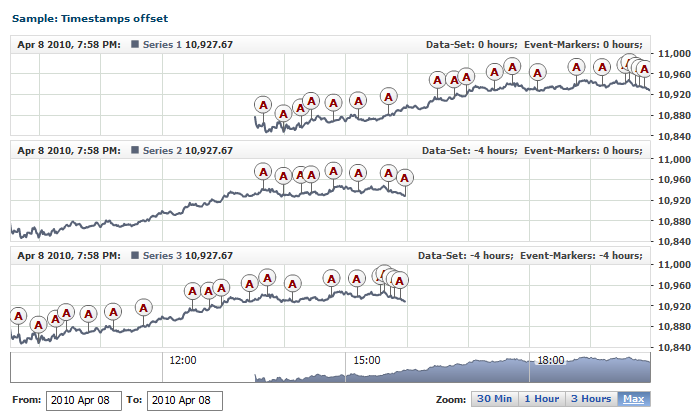

The results, presented in section 4, add a new aspect to the sizeable body of work on turn-taking cues in conversation (see e.g., Bögels and Torreira, 2015 for a recent review). The method is described in greater detail in section 3. The analysis relies primarily on automatic methods for identification and parametrization of interactional and respiratory phenomena of interest, allowing for reproducible and comparable results across the data sets. The study is based on two corpora of three-party spontaneous conversations in Swedish and Estonian. This concept is further explained in section 2.2. (2001) in referring to such occurrences as hidden events. Since these instances involve no overlapping speech, they ostensibly resemble regular (smooth) speaker changes. These include, above all, pause interruptions, which coincide with turn-holding silences in interlocutor's speech ( Ferguson, 1977 Beattie, 1982 Gravano and Hirschberg, 2011). In addition, we present evidence that the respiratory signal can be used to identify turn-taking events which are otherwise obscured by the commonly used silence-based classification of conversational floor state ( Jaffe and Feldstein, 1970).

We also extend existing accounts by describing respiratory patterns found in overlapping speech. Unlike the previous studies (reviewed briefly in section 2.1), which focused primarily on properties of pre-speech inhalations, we investigate both inhalatory and exhalatory segments, as well as instances of respiratory holds. Specifically, we study the respiratory patterns associated with initiating, holding, and releasing the turn. In this paper, we present results on breathing turn-taking cues. While it is true that the field has enjoyed an increased interest in recent years, the contribution of the respiratory system to signaling speakers' communicative intentions is still far from clear. Supraglottal aspects of speech production enjoy a similar position of dominance when it comes to studies of communicative aspects of vocalizations in spontaneous conversation. This claim can be easily verified by even a cursory look at standard phonetics textbooks with their focus firmly placed on articulatory phenomena and relatively little attention paid to the glottal and the subglottal systems. However, in spite of its importance, breathing has been generally overlooked in speech science.

It is, after all, the intricate coordinative patterns of the respiratory system that are the main driving force behind much of speech production as well as other vocal communicative behaviors.

The importance of breathing for production of speech needs little justification. We claim that the breathing signal can thus be successfully used for uncovering hidden turn-taking events, which are otherwise obscured by silence-based representations of interaction. In addition to analysing dimensions which are routinely omitted in studies of interactional functions of breathing (exhalations, presence of overlapping speech, breath holds), the present study also looks at patterns of breath holds in silent breathing and shows that breath holds are sometimes produced toward the beginning (and toward the top) of silent exhalations, potentially indicating an abandoned intention to take the turn. We also present evidence that breath holds are used in reaction to incoming talk rather than as a turn-holding cue. We demonstrate that the latter criterion could be potentially used as a good proxy for pragmatic completeness of the previous utterance (and, by extension, of the interruptive character of the incoming speech). We propose a new categorization of turn-taking events which combines the criterion of speaker change with whether the original speaker inhales before producing the next talkspurt. This work revisits the problem of breathing cues used for management of speaking turns in multiparty casual conversation. Department of Linguistics, Stockholm University, Stockholm, Sweden.


 0 kommentar(er)
0 kommentar(er)
